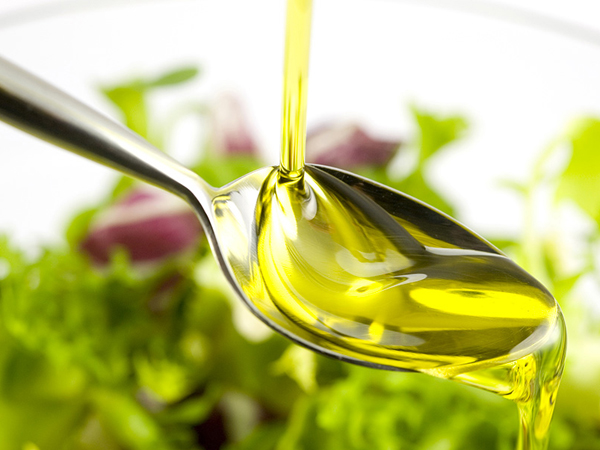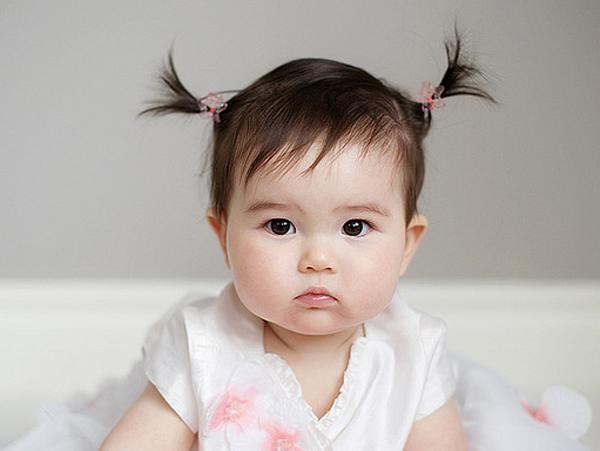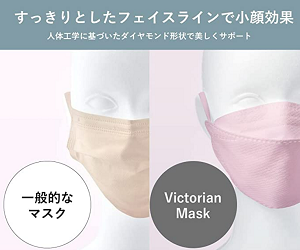The Japanese method of weaning is now "making the wind", mothers actively learn and apply for babies. So, do you know what advantages and advantages of Japanese weaning?
content
Advantages of the Japanese weaning method
Disadvantages of the Japanese weaning method
Contrary to traditional weaning method, Japanese weaning method does not pay much attention to the amount of food taken into the body, but only about preferences, helping children feel the excitement in each taste of dishes. eat. Therefore, baby's meals are not simply meeting nutritional needs for development but also a game, a lesson.
The Japanese have always worked on science, and it is the same with weaning. Accordingly, the Japanese-style weaning method has been researched very carefully, applied based on step-by-step principles. Therefore, children in Japan are always very good and independent in the matter of eating and drinking, they develop healthy, solid and not obese.

The Japanese weaning method is based on scientific research
Advantages of the Japanese weaning method
1. Ability to eat raw early
Right from the start of solids, babies are familiar with raw foods. This means that the baby will eat immediately with dilute porridge cooked at the ratio of 1:10 (1 rice, 10 water) and then ray through the net instead of eating flour. The rawness as well as the consistency of the dish will increase gradually with the age of the baby.
Eating raw early will help your baby learn the best chewing and swallowing reflex. Avoid the situation that children can only swallow, passively eat when they eat anything, this makes children prone to vomiting, choking is very dangerous.
2. Recognize taste
One of the biggest advantages of Japanese weaning is to help babies recognize the taste of different foods. Accordingly, when preparing food for the baby, the mother will cook each dish separately and not mix it together.
In addition, this also helps children soon shape their preferences about eating. At that time, whichever food you like, your baby will happily eat a lot. At the same time, the baby is also willing to refuse with dishes that are not suitable for the taste. This also helps mothers know if the baby may be allergic to any food or not. After helping your child get used to the taste of food, mother can cook together many different foods to stimulate the development of the baby's taste buds.

8 golden rules when giving your baby solids for the first time Experience a baby weaning for the first time will be extremely simple for you and your baby if you know the following 10 important principles. Remember it now!
3. Safe for health
Japanese mothers usually will not add any other spices to their baby's food when they start weaning, or only add very little salt to about 1/4 of an adult's diet. Children have the habit of eating bland from the beginning will help protect the kidneys, do not force them to "work" too hard.
The baby's diet always ensures that 3 food groups are starch, vitamins and protein according to the "yellow-red-green" standard. Provide a full range of nutrients necessary for the comprehensive development of the child. Raw materials always use fresh foods, never ready-to-eat, canned foods.
4. Children eat well
With this kind of weaning, the baby will be able to eat on the dining chair, not walk around, not turn on the television, no phone, computer ... Form a serious eating habit from a young age, not cry, and not suck. The baby also learns how to feed by hand. When older, the mother also teaches how to eat with a spoon and fork.
This way, the baby will be very independent when eating and the mother will not have to give each spoon or do enough tricks to comfort the baby. Baby's meal ends in a "quick and fast", only about 15-20 minutes.
Disadvantages of the Japanese weaning method
In addition to the outstanding advantages, the Japanese style of weaning also has some shortcomings as follows.
1. It takes a long time
It can be said that Japanese weaning often makes mothers spend a lot of time and effort from thinking about the menu, preparing the ingredients to the processing. The baby's food needs to be scientifically correct in proportion to each stage of development and must be regularly rotated to help the baby not feel bored.
Japanese-style weaning does not use spices, so the flavor is made from vegetables, so you need to know how to combine many different foods.

Note about weaning foods according to your baby's age Your baby may not be able to finish all the weaning food groups when they first get used to the foods. Do you know the appropriate ages to introduce different foods to your baby?
2. High investment costs
For convenience in preparing meals for young mothers need to equip themselves with the instruments processed snack Japanese style with many different tools, such as: Grinding rails, Baseball crushed, squeezed, bowl, spoon ... Apart There are also pressure cookers, porridge cakes.
3. The child cannot eat much
This method is based on respect for the child, so when the baby does not want to eat, the mother will stop immediately, without trying to force it. Therefore, in the first stage, the baby may not gain weight as fast as the traditional weaning method.
4. The mother often gives up
Immediately after applying the Japanese weaning method, mothers will feel very excited and excited, but when starting to do it for a while, it starts to get discouraged. Partly because it takes too much time, partly because there is no good "cooperation" between the baby and the mother and sometimes because of disagreements about how to raise children between family members.
Hopefully, the sharing from the above article will help mothers have a more general view of Japanese weaning method. The choice of whether to feed your baby Ta, Japanese or Western style weaning will depend on each mother. However, in any way, mothers need to know how to properly feed babies to ensure development.














